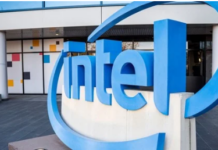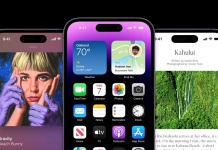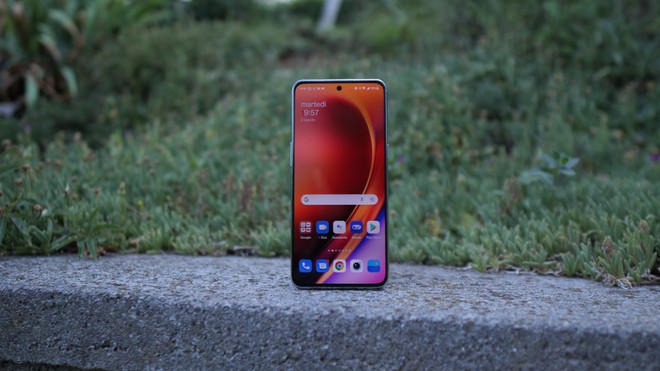Here we are with the OnePlus 10T, the return to the T series after a period of stop that coincided with the small big revolution of OnePlus, from the abandonment of Carl Pei to the merger with OPPO, and perhaps this 10T is the first OnePlus smartphone in which the salient features of OPPO really emerge, from the SUPERVOOC charging to the dissipation system seen for the first time on the Realme GT2 Pro.
Trying it you have only reminiscences of the essentiality of OnePlus, among these there are undoubtedly the performance, the real flagship of the smartphone, able to wink at gamers who want a handyman phone. Charging is very fast while the photo sector has left us with some doubts. In short, OnePlus 10T is a blast from the past, with a nostalgic aftertaste and a look at the future in OPPO sauce, let’s find out in our review.
DESIGN AND CONSTRUCTION QUALITY
OnePlus 10T has a design that takes up the lines of its older brother OnePlus 10 Pro, without a doubt the most characteristic profile is the rear one, with the camera group embraced by an extension of the profile. Frontally instead there is space only for the display surrounded by very thin frames, symmetrical in pairs (above below and the two sides), in the center is placed the hole that houses the front camera.
The materials are noble: Gorilla Glass 5 glass front and back, aluminum on the edge, unfortunately only the certification against water and dust is missing, although to be honest we think it is only a matter of certification since everywhere there are rubber seals typical of waterproof smartphones. There are two colors, Jade Green, which is that of the model under test and Moonstone Black which has a back finish with material texture.
DISPLAY
The display of the OnePlus 10T is a 6.7-inch fluid AMOLED panel of diagonal and FullHD+ resolution, can take advantage of an adaptive refresh rate up to 120 Hz (it is not an LTPO), offers HDR 10+ support and a sampling rate of even 1000 Hz. The quality of the panel is very good, the colors are vivid in the basic calibration, but the user can choose from many different profiles, including “Pro mode” which allows you to select a cinematic profile that covers 100% of the P3 range. With HDR content you can make the most of the native 10bit depth of the OLED panel, for an image quality that amazes every time.
It is worth emphasizing the very effective oleophobic treatment, while the anti-reflective one is not the best. Finally, a mention for the brightness and proximity sensors, they are not virtual and work very well in reading light.
SOFTWARE
On board the smartphone we find Android 12 with OxygenOS 12.1 pre-installed, the software support still provides three major updates of Android and 4 years of security patches.
We know that after the merger between OPPO and OnePlus, many of the historical elements of both interfaces have been integrated into a single software version, which with the next update will probably find an even more unique form. For the moment there is still a bit of confusion because on a ColorOS-style graphics, there are functions such as Zen Mode or the Work Life Balance lock screen, there is also OnePlus Shelf which, however, is activated with a swipe from top to bottom on the right corner, resulting in a bit uncomfortable.
In reality there is little consistency both graphics and functionality in some parts of the system, for example the OnePlus font and some red accents coexist, with the customization of the ColorOS that by default sets oppo blue as the main color. Or trivially missing the quick toggle on the volume to set the silent as always on OnePlus smartphones, too bad that on the OnePlus 10T the physical slider is missing to control that parameter, forcing the user to travel a cumbersome road for a function that should be basic. It is gone “gaming space”, in favor of “games” which is the app that is normally found on OPPO and Realme, this has a different font than for example ZenMode, which is still completely in the style of OnePlus.
In short, the feeling is that we are still in an open construction phase, which will probably stabilize in the coming months with Android 12, or so we hope.
































